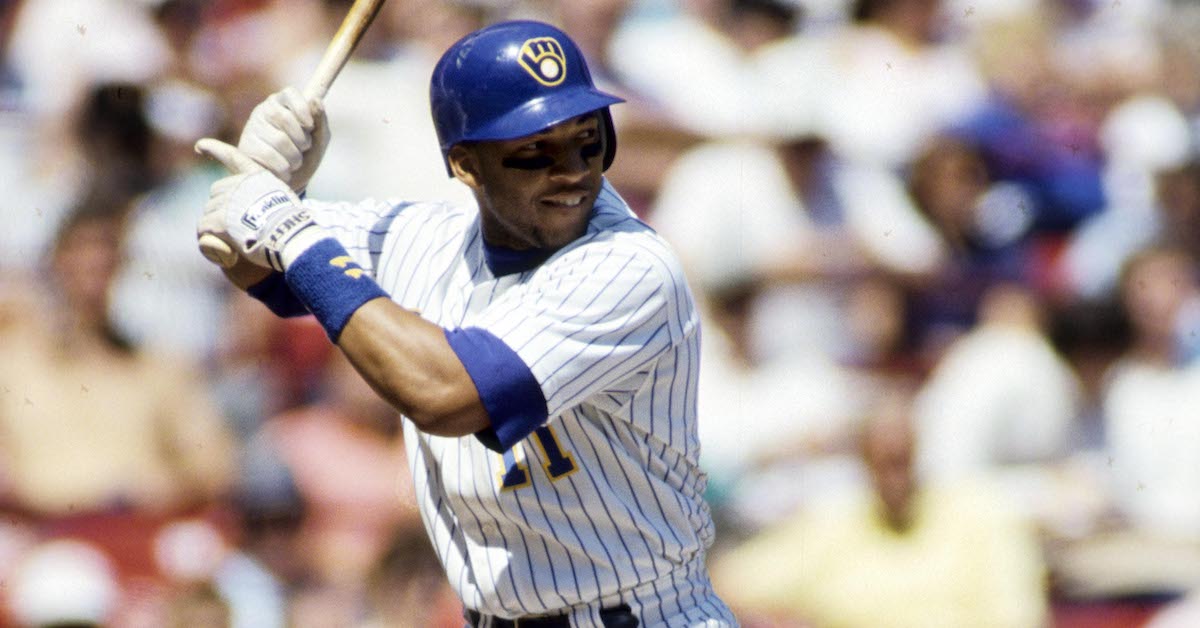JAWS and the 2024 Hall of Fame Ballot: Mark Buehrle, Andy Pettitte, and a Little Experiment

The following article is part of Jay Jaffe’s ongoing look at the candidates on the BBWAA 2024 Hall of Fame ballot. For a detailed introduction to this year’s ballot, and other candidates in the series, use the tool above; an introduction to JAWS can be found here. For a tentative schedule and a chance to fill out a Hall of Fame ballot for our crowdsourcing project, see here. All WAR figures refer to the Baseball-Reference version unless otherwise indicated.
It’s no secret that we’re in the midst of a lean period for starting pitchers getting elected to the Hall of Fame via the BBWAA. Since the elections of 300-game winners Tom Glavine, Greg Maddux, and Randy Johnson in 2014 and ’15, just four starters have gained entry via the writers, two of them alongside the Big Unit in the latter year (Pedro Martinez and John Smoltz) and two more in ’19 (Roy Halladay and Mike Mussina). From a demographic standpoint, Halladay is the only starter born after 1971.
It’s quite possible we won’t get another starter born in that shag-carpeted decade unless voters come around on Andy Pettitte (b. 1972) or Mark Buehrle (b. 1979), a pair of southpaws who cleared the 200-win mark during their exceptional careers, producing some big moments and playing significant roles on championship-winning teams. Yet neither of them ever won Cy Young awards, created much black ink, or dominated in the ways that we expect Hall-caliber hurlers to do. Neither makes much of a dent when it comes to JAWS, where they respectively rank 92nd and 90th via the traditional version, about 14 points below the standard, or tied for 80th and 78th in the workload-adjusted version (S-JAWS). Neither has gotten far in their time on the ballot; Pettitte maxed out at 17% last year, his fifth, and Buerhle returned to double digits with 10.8% in his third year of eligibility — still a couple eyelashes short of his debut share.
After updating both pitchers’ profiles last year, I’ll stick to excerpting them this time before getting back to my latest thinking on the subject. Read the rest of this entry »








